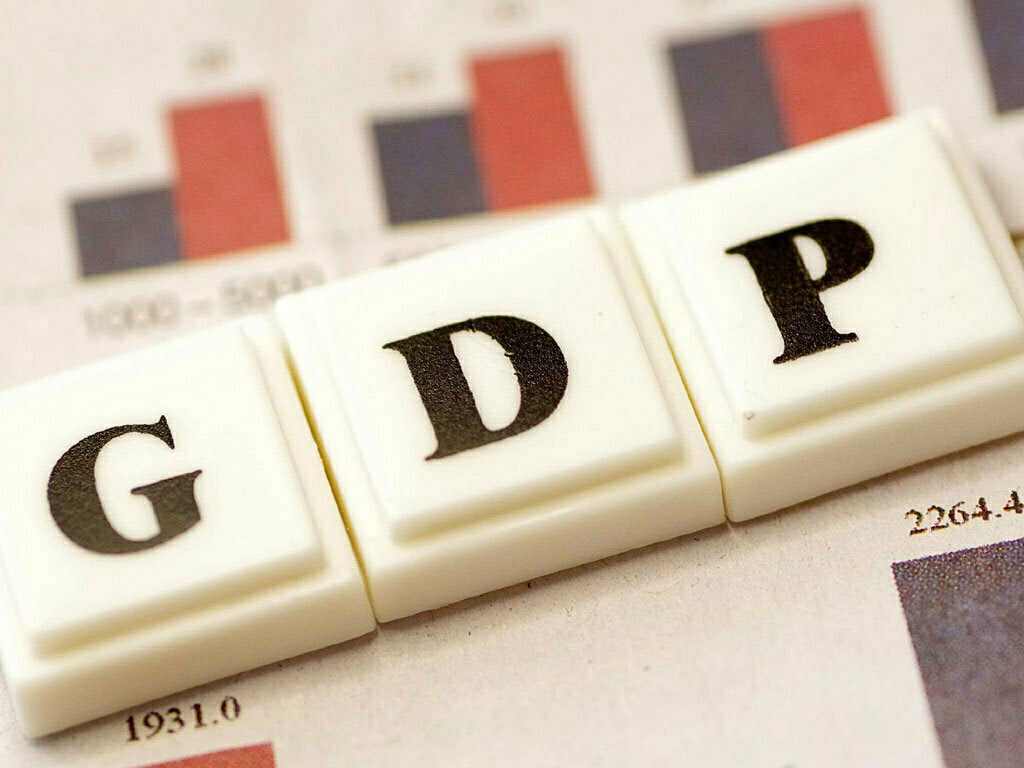As economic news takes center stage in a news cycle that is otherwise dominated by political commentary, it is only natural that provisional GDP estimates announced by the National Accounts Committee earlier this week also become a source of bickering. Pakistan’s GDP has finally been re-based after a delay of five years, and its open season for political point scoring.
Are there any surprises in store? Not necessarily, as upward revision of economic growth post-Covid was well-anticipated. Experts tirelessly remind us that ‘Pakistan needs sustainable economic growth of seven percent’.Yet the (nearly) 6 percent growth rate achieved over the last two fiscals was dead-on-arrival, declared unsustainable almost as soon as it was achieved. Others relentlessly point out that the figures are window dressed after fiddling with the base: contracting GDP excessively in the earlier years (FY19 and FY20) to show quantum jump in following years (FY21 and FY22).
Econometricians are probably best placed to answer these questions, so focus must be diverted to what is more easily understood: breakdown of the re-based GDP. Lest it be forgotten, Pakistan has undertaken the re-basing exercise without completing the underlying census exercises, chief among are Agriculture Census, Livestock Census, Agricultural Machinery Census etc -that could imbue any meaning to GDP estimates (minus the saving grace of Census of Manufacturing Industries). This has resulted in some amusing outcomes, which must not be overshadowed by the stickmeasuring contests of “who has the bigger growth [sic]”!
Consider that share of Services sector in the economy has dropped by nearly 5 percentage points as per the re-based GDP, from average 60.5 percent as per old base to 55 percent as per new base. This comes after lobbies and special interests bemoaned the premature de-industrialization of Pakistan’s economy over the past three years, finally culminating into state funded largesse in the form of TERF and real estate amnesties for industrial and construction segments. Did it finally spill over into share of industrial sector expanding in the pie? May be, if 50 basis point swing means anything.

So, where did the gains in fact go? If National Accounts Committee is to be believed, Services loss was Agriculture’s gain. For FY21, share of agriculture, forestry & fishing in the national economy went up by 5 percent based on the new base. It would appear that the previous government’s Agriculture Transformation Package that was to span over 3-5 years bore fruit within 10 months, except when one looks into segment wise shares for the sector.
That Livestock (consisting mainly of cattle, dairy, and poultry) constitutes three-fifths of agricultural GDP hasn’t changed from old base to new. What’s fresh however is livestock’s share in overall national economy. Post-rebasing, livestock is one of the largest segments in the national economy,second only to all of wholesale & retail trade put together. Livestock’s GDP share for FY21 stood at 14.4 percent, greater than all of manufacturing (inclusive of LSM, small-scale, and slaughtering) combined. Never mind that the Livestock Census used as base case is now 16 years old.
And pray tell how has livestock come to be the largest segment of the economy (on standalone basis)? Obviously, because the prices have been re-based from FY06 to FY16. During those years, average increase in price of livestock products (i.e. milk, beef, mutton and other dairy) has outpaced general and food inflation each year. But ever-increasing prices are apparently no sign of constraining supply. That should tell you why statisticians never make good economists!
Which begs the question: why window dress something that’s unsustainable, anyway?
























Comments
Comments are closed.